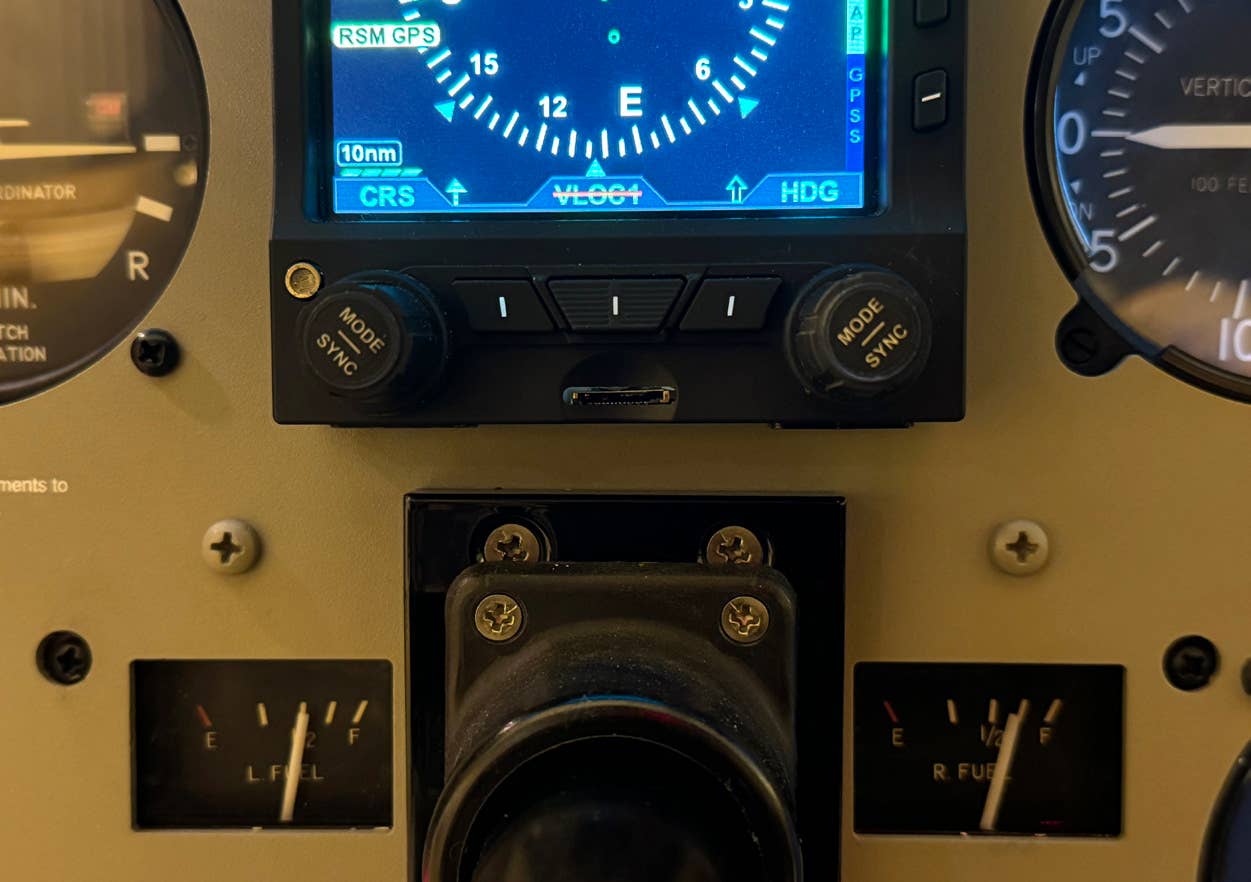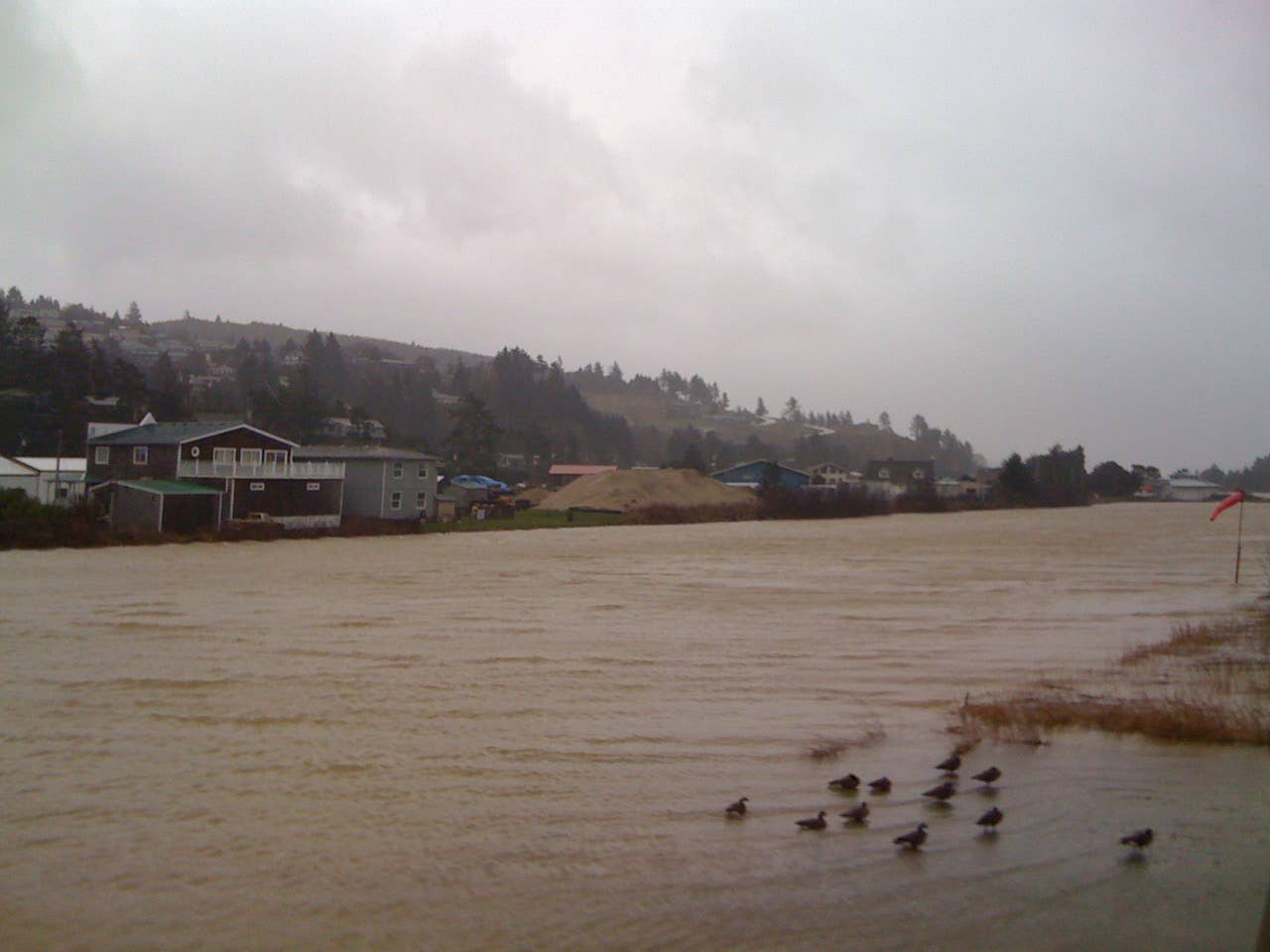
Static wicks are long, thin extensions that are often attached to the outboard trailing edges of wings and horizontal and vertical stabilizers to dissipate the static electricity that can accumulate in flight. Because these protrusions are not easy to see, it’s easy to walk into them, and when you do they’ll often be damaged. But the static wicks serve an important purpose, and it is worth taking a close look at them during your preflight.
Static wicks dissipate precipitation static that can develop as you fly through areas of uncharged particles. These particles can exist as you fly through solid or liquid particles such as rain, snow, fog, dust or ash. As the airplane flies through the particles, positive charges deflect and negative charges attach to the airframe, building up and eventually discharging at certain points of the airframe where the static wicks are generally attached. Without the wicks, there is potential for audio disturbances, weak radio transmissions and even complete loss of communication. Other possible indications of static discharge include erratic instrument readouts, erroneous magnetic compass readings and a phenomenon called St. Elmo’s Fire, where the static discharge is visible.
With properly attached static dischargers, the static electricity will flow smoothly and release from the airframe into the airstream. While a bent static wick may still be effective, it is important to make sure its attachment point is solid. If the static wick is not properly bonded to the structure, it is unable to do its job.

Sign-up for newsletters & special offers!
Get the latest FLYING stories & special offers delivered directly to your inbox






